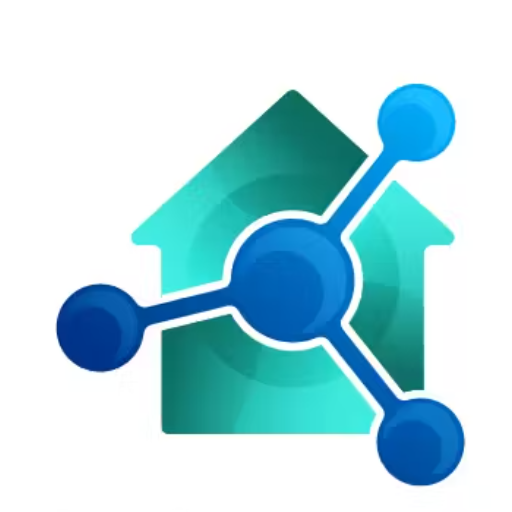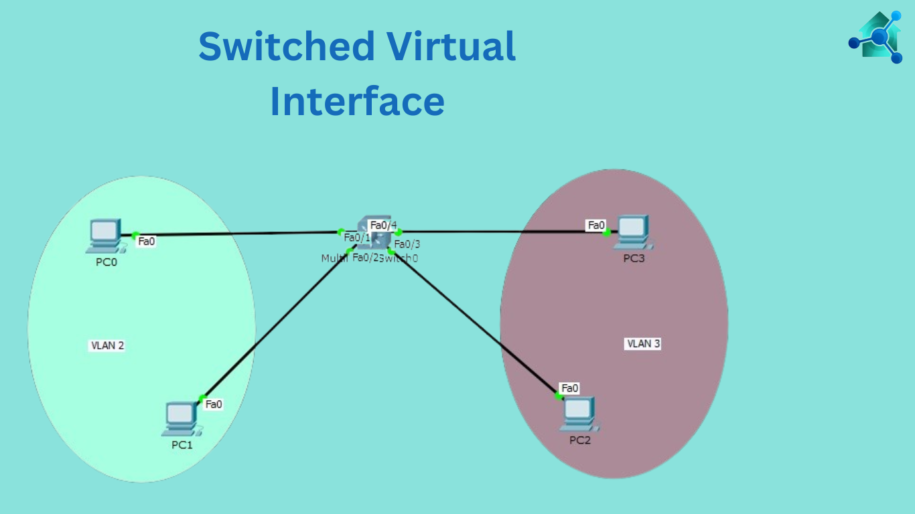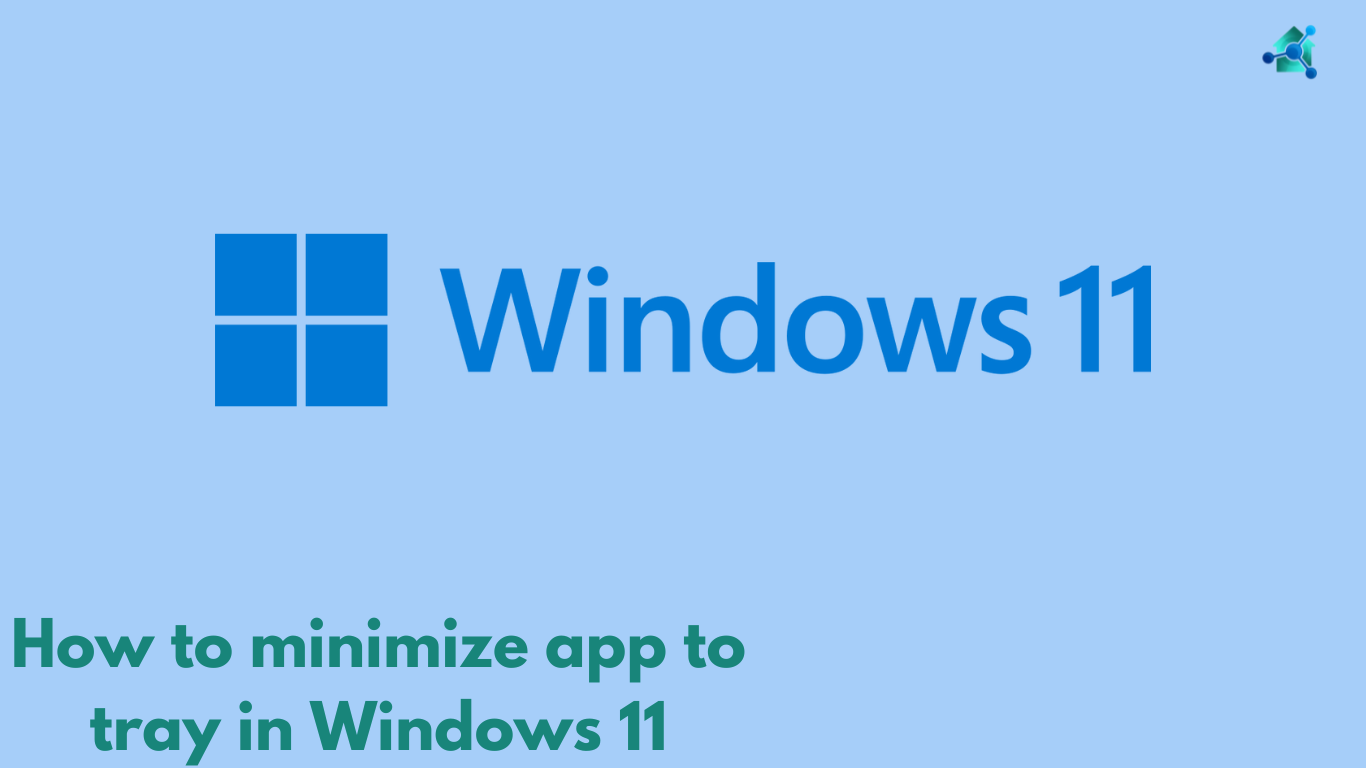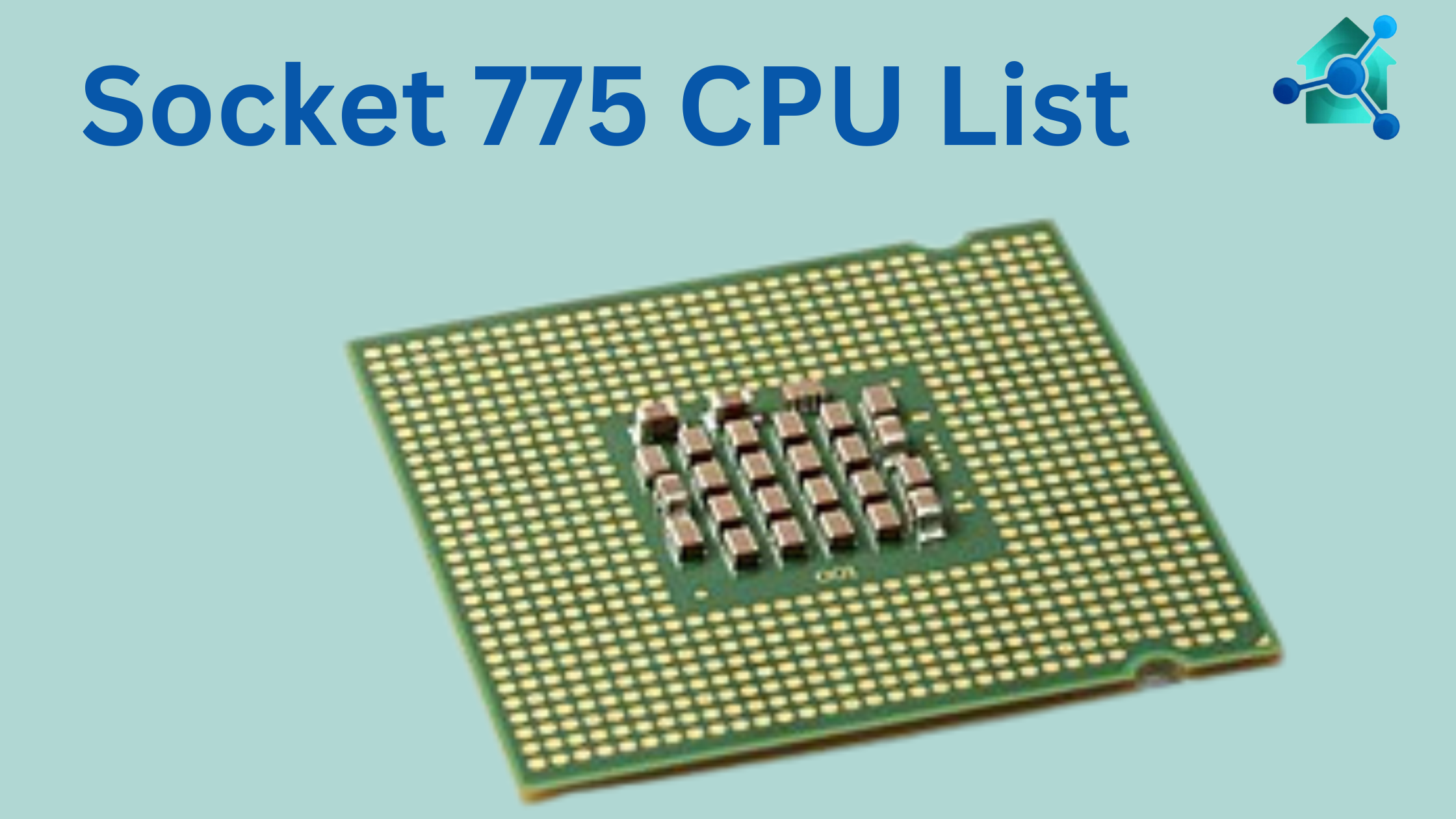Introduction
In the time of advance networking, structured data routing and distribution are very important for improving performance and security. The technology that play a vital role in this is known as Switched Virtual Interface (SVI). SVI is usually connected Cisco network equipment. SVIs are very important in managing the traffic within VLANs. This blog is the full and in-depth detail of SVIs, their characteristics, functionalities and benefits.
Table of contents
What is Switched Virtual Interface?
SVI is a logical interface that is built on a 3 layers switch. It connects Virtual Local Area Network (VLAN) to the path engine of the switch. SVI enable traffic to be sent between VLANs by giving a default gateway for each VLAN.
Unlike old layer 2 switches that perform slowly on MAC addresses. In SVIs, layer 3 switches can perform IP routing. Different VLAN can be allocate an SVI. This allow it to have unique IP address and subnet mask. This helps inter VLAN routing.
SVIs are different from other physical connection on a router. It makes a separate network section and broadcast domain for each interface. With the help of SVI, several VLANs can share the same physical connection on switch. But each VLAN has its own logical interface and broadcast domain.
Characteristics of Switched Virtual Interface
SVIs has numerous characteristics. These characteristics define the role and working of SVI in networking interface. Below are the top characteristics of SVIs:-
3 Layer Interface
SVI process at the 3rd layer of OSI model. The 3rd layer of OSI model is network layer. This layer of OSI model is responsible for sending traffic between VLANs. This sending of traffic allow inter VLAN communication. In contrast, layer 2 only process slowly to MAC addresses. Whereas SVIs use IP address for sending decision.
Logical Interface
SVI is a logical or virtual connection. This means that SVI does not connect with physical port on the switch. It is connected with VLAN which offers the path to send the traffic to and from VLAN.
IP Address Assignment
Every single switched virtual interface can be given their own IP address and subnet mask. This IP address acts as a gateway address for different devices in connecting to VLAN. This assignment of IP address helps in communication between VLAN and outer networks.
Routing Capabilities
SVIs also have an ability to create a particular path within a switch. They keep making routing tables and particular paths decision on basis of an IP address. It is same as old routers. This characteristic of SVI helps to perform sending functions. Moreover, it does finishes the need for external routers in many cases.
VLAN Association
An SVI is always connected with VLAN. The VLAN is identified with VLAN ID. All the traffic related with that VLAN can be sent through that connected SVI. This connection helps in network dissolution. Every VLAN represent different broadcast domains.
Broadcast and multicast traffic management
SVIs can easily manage broadcast and multicast traffic within VLAN. They allow to keep traffic within the broadcast domain. This guarantees that broadcast does not over turn into other VLAN. This will keep the network organization and reduce unwanted traffic.
Support several SVIs
The main characteristic of SVI is that it can support several SVIS. This help in sending traffic for multiple VLANs. This capability is important in habitat with complex network segmentation and multiple departments or user groups require different VLANs.
Related Links you may find interesting
- How to update BIOS on Gigabyte motherboard?
- About us
- Affiliate Disclosure
- How to make external device password protected?
Configuration of Switched Virtual Interface
An SVI is very important part in networking. This allow them to do layer 3 routing operations. Below is the configuration of SVI:-
- Creation of VLAN:-
Before setting a SVI, VLANs should define on switches. Each VLAN should represent different broadcast domain. Consider an example for defining VLAN 10 for marketing,
switch(config)#vlan 10
switch(config-vlan)#name Marketing - Configure the SVI:-
Assign an IP address and subnet mask to the SVI.
switch(config)# interface vlan 10
switch(config-if)# ip address 192.168.10.1 255.255.255.0 - Activate the SVI:-
Make sure that the SVI is enable.
switch(config-if)# no shutdown - Assign Ports to VLAN:-
Connect the switch ports with newly created VLAN.
switch(config)# interface range fa0/1 – 24
switch(config-if-range)# switchport mode access
switch(config-if-range)# switchport access vlan 10
Benefits of Switched Virtual Interface
SVIs has several benefits. Those benefits are as follow:-
- Improved Network Performance:- By decreasing the need of external sender, SVIs smoothen the network traffic. This will greatly reduce the low speed and improve all over performance.
- Cost Efficiency:– Another benefit of SVIs is that it greatly decrease the need of hardware. This is done by allowing switches to perform sending functions. There it finishes the requirement of separate router in different cases. This will improve the cost efficiency.
- Simplified Management:– Managing SVIs is very simple. They are arrange on switches. This allow for central control over routing and VLAN arranging.
- Scalability:- SVIs provide scalability for increasing networks. As the amount of VLANs increases, additional SVIs can be arrange to support new segments without complex infrastructure changes.
- Security:– SVIs contribute to network security by allowing fine control over traffic flows between VLANs. This make it easier for to implement access control lists (ACLs) another security measurements.
Application of SVI
SVIs are use enterprises network, data centers and campus networks. They are very useful in cases where they need for. Below are some application of SVI:-
- Inter VLAN routing:- It allows communication between different VLANs within the same network infrastructure.
- Routing at the edge:– Applying routing decisions closer to the network edge decreases the load on core routers.
- Simplified Network Design:– When the Layer 2 switches and Layer 3 routers are combine in a single device they can smoothen the network management.
Conclusion
Switched Virtual Interface is powerful tool in advanced networking. This offers flexibility, efficiency and cost-effectiveness to maintain VLAN and sending traffic. By adopting SVI, network administrator can improve network performance, improve security and simplify infrastructure.










